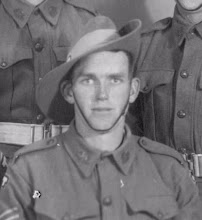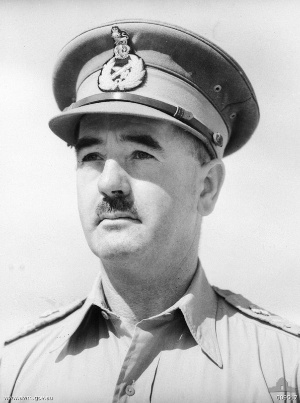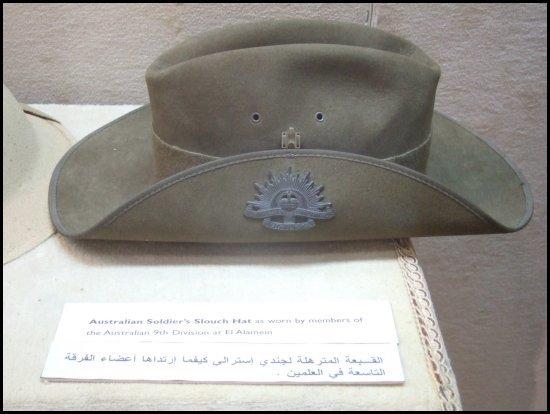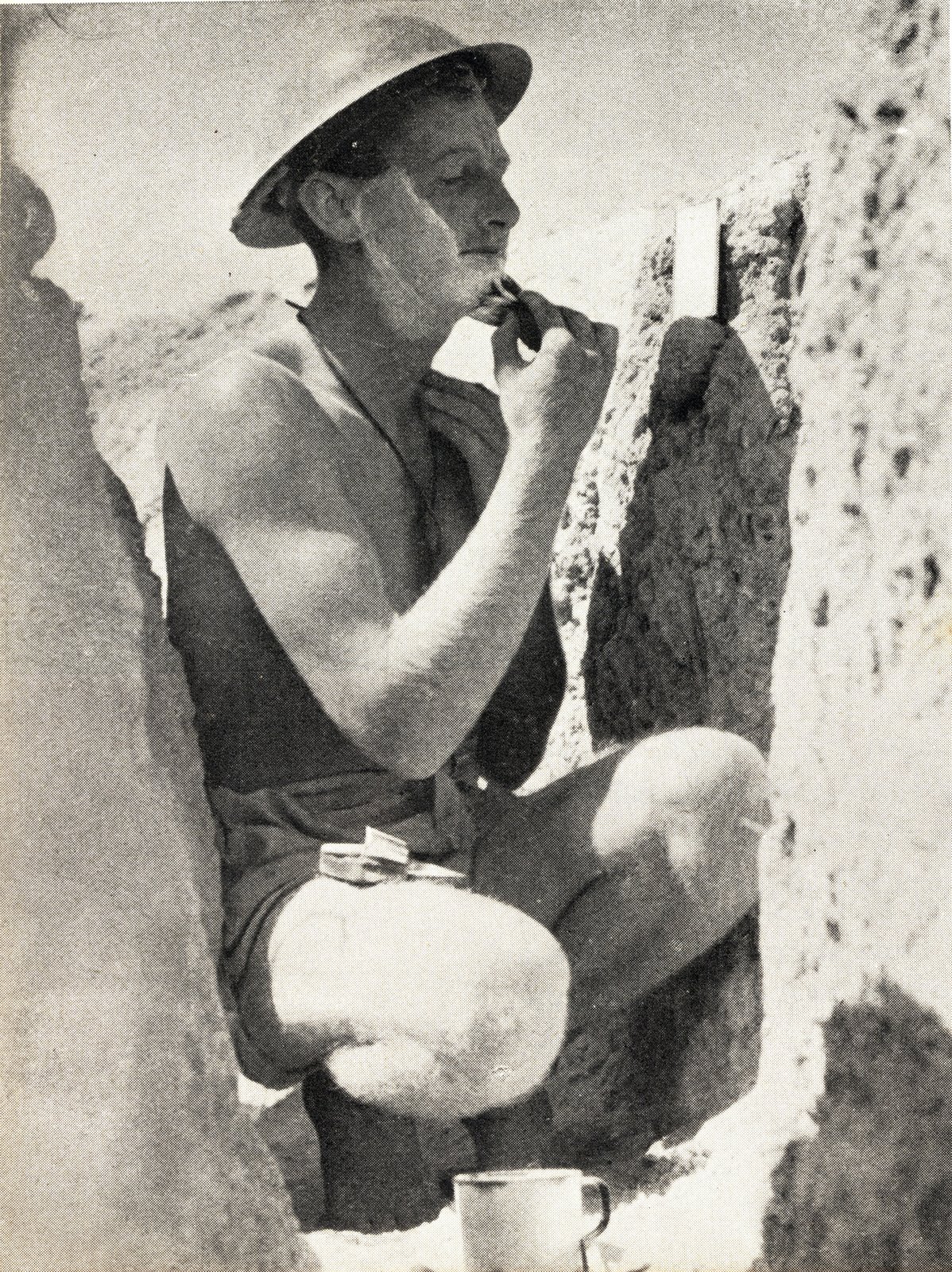25lb Field Guns of the 2/8th Field Regiment.
This image shows a 25 pounder field gun of the 9th Division's 2/8th Field Regiment. The aftermath of a successful shoot on Axis positions is seen by the huge mound of empty shell casings.
Whilst this image was taken during the 1st Battle of El Alamein and it wasn't until October that the largest artillery barrage of the campaign kicked off, one can only imagine how large the piles of the 'empties' were after the 2nd battle.
Large amounts of these brass casings made their way home in the form of Digger "Trench Art". Many were made into vases, ashtrays and umbrella stands for the people back home. Some were even personalised with engravings of battles fought, units served in and mates lost.
These days you can often see a decommissioned 25 Pounder Field Gun at memorials and RSL Clubs around the country. There are a few in my local area. I will see if I can photograph some of them to show you.
image 024515 Australian War Memorial.












